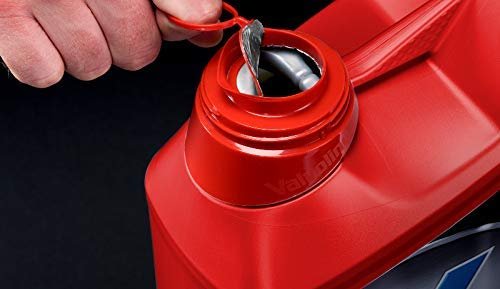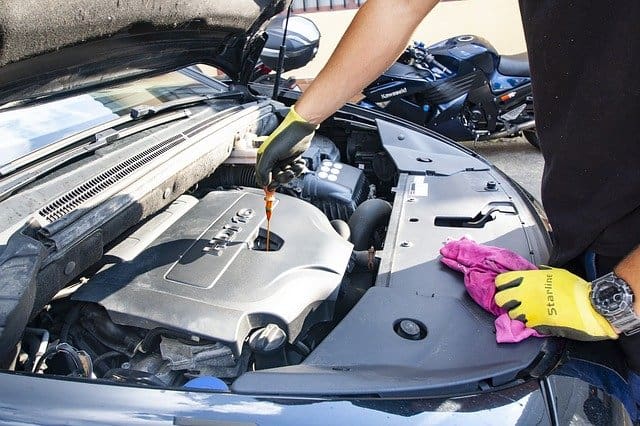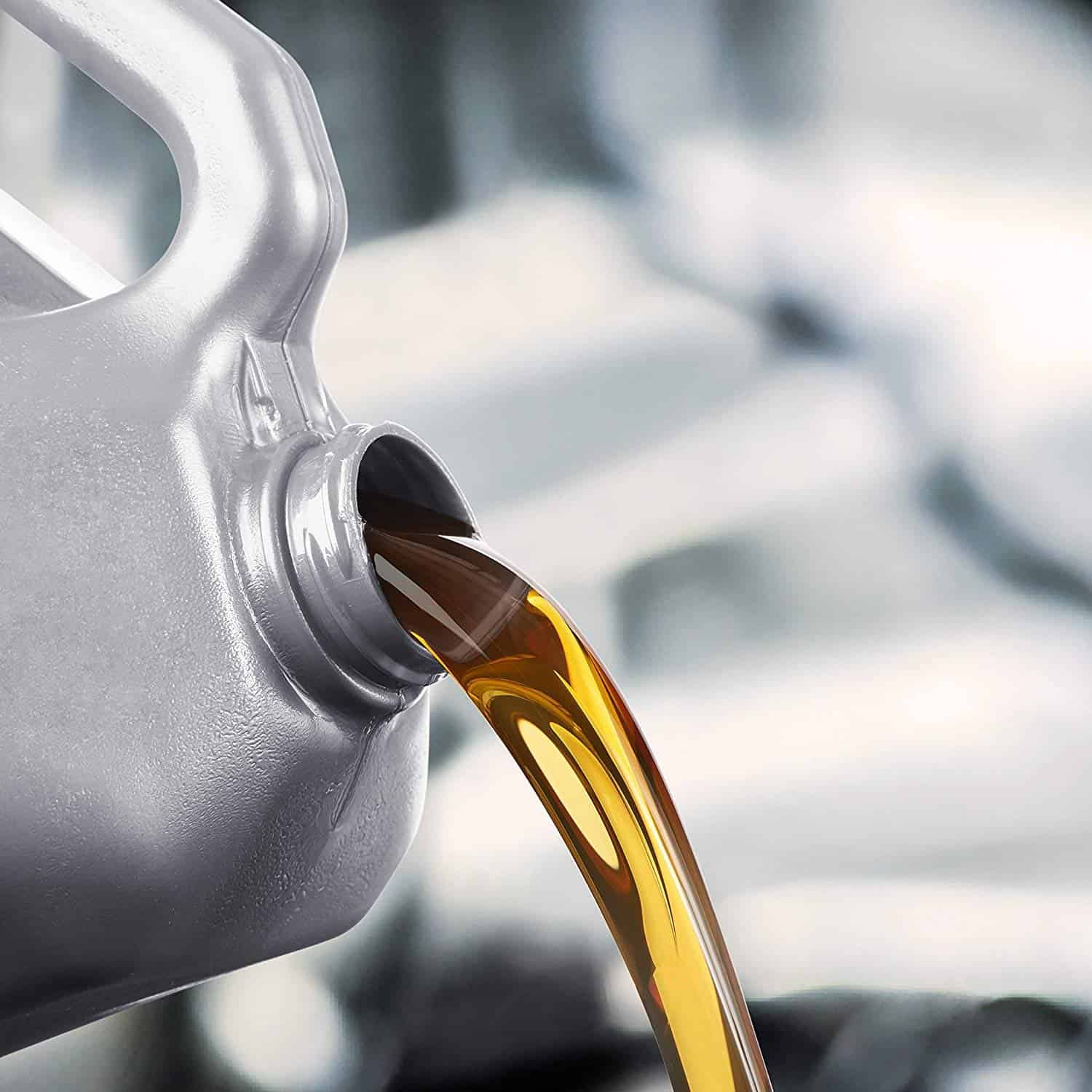How much oil does my car need? You often wonder. All the hi-tech bits and pieces of your car engine will not run smoothly if there’s no oil. This fluid keeps your engine moving because it does many thing: it lubricates, seals, protects, and cools down your engine parts.
But oil loses effectiveness over time; it loses viscosity and other properties. Periodic oil change should be part of routine maintenance. But how often do you need to change your car engine oil? Too often won’t do anything, but too infrequent may cause severe damage in the long run. How much oil does your car need?
The Importance of Engine Oil

Before we answer the question, “how much oil does my car need,” we must first address the importance of motor oil.
As mentioned, oil is what keeps your car going. Like your body’s circulatory system, it needs to move around your engine in proper amounts. Too little will lead to engine damage while too much may cause engine failure.
Check & Decode Any VIN Instantly
Get your VIN check and find hidden problems with any car! Comprehensive vehicle and accident history, service and repair information, specifications, theft status and more

An engine oil serves many purposes: lubrication, heat absorption, engine cleaning, and protection.
Lubrication
A car engine is a complex system of interconnected parts, both stationary and moving. Adjoining parts like pistons, valves, and gears are in contact with one another. This contact creates friction—the bane of mechanical engines. Friction does two undesirable things: it prevents the adjoining parts from moving smoothly; it also wears out the skidding parts.
Friction also generates heat. The last thing you want your engine to do is overheat because not only could it cause a catastrophic fire, but even if that doesn’t happen frequent overheating will destroy the seals and gaskets, turning your car into a big flower pot.
What the engine oil does is it lubricates these adjoining parts so they glide smoothly against each other. If the mechanical parts are moving smoothly, it leads to fuel efficiency, faster speeds, better handling, and overall car performance. Regular lubrication keeps your engine parts physically healthy and functioning properly.
Heat Absorption
Another oil function is cooling. Regular engine oil reduces heat buildup by diffusing it throughout the motor, but there are also special engine oils designed to absorb heat. Also known as coolants, these oils help keep the engine’s temperature down. Although water is still the best, an oil-based coolant does not evaporate easily and has a higher temperature threshold, thus making it a more stable and consistent coolant.
Engine Cleaning
Motor oil often contains additives like detergents and dispersants that remove dirt, carbon, metallic materials, impurities and other deposits. A clean engine is always a better engine, so regular use of motor oil helps keep your engines as good as new.
Parts Protection
A specialized motor oil contains rust and corrosion inhibitors. This oil coats the surface of the metal parts, which prevents the metal from oxidation and burning that lead to corrosion and wear. Also, the specialized motor oil acts as a fluid barrier between contact points, thus preventing these parts from skidding and grinding each other.
Dollar Savings
A motor oil keeps the engine moving, protects the parts, and brings the temperature down. Do you know what this means? Less expenses on car repair and parts replacement. A well-maintained car also keeps its market value high.
How Much Oil Does My Car Need?

Image from Pixabay
The short answer: probably about five quarts, give or take. Maybe.
Check & Decode Any VIN Instantly
Get your VIN check and find hidden problems with any car! Comprehensive vehicle and accident history, service and repair information, specifications, theft status and more

The long answer: It depends on your car’s engine makeup and car size. In general, too little or too much will both have adverse effects. It the oil amount is lower than the minimum level, it can cause the car to grumble and grind as the moving parts rub against each other furiously. It can also cause overheating much faster. In extreme cases, your engine can stall.
On the other hand, too much oil adds volume inside thus increasing pressure on the seals. Too much oil can ironically cause excessive fuel consumption. In addition, excessive oil can leak out and create engine mess and damage.
May people believe that the weather affects the amount of oil you need in your engine. During winter, the oil level should be around one-third of the distance between the line (so the engine will heat to working temperature faster). In summer, you should pour a bit more (around 2/3) to help cool your engine better. When pouring, always do it gradually as it is easier to add more than to drain out the excess.
How Much Oil Does My Car Need? It Depends on Your Engine Size
The engine size affects the amount of oil you need to put in. The smaller the engine, the less oil needed. Most modern day engines require 5 to 8 quarts.
As mentioned, here is the rule of the thumb:
- 4-cylinder engine needs 5 quarts of oil
- 6-cylinder engine needs 6 quarts
- 8-cylinder (V8) needs 8 quarts
When and How to Change the Oil
Asking “how much oil does my car need” is as important as asking when and how to change the oil.
If you use your car regularly, checking it once every two or three days is ideal. However, when you notice an oil spill under your car, then you should perform an oil check to see if it is a parts damage or oil excess leak. In most cases, “lost oil” is supplemented in regular batches, but your car needs an entire oil change during a general engine cleanup.
Checking the Oil
Sure you have aced it during your driving license exams but practice is always different from theory. Oil checks should be done regularly so you remember each step until it becomes second nature to you. Remember, your safety and your car’s health depend on this habit.
The steps:
- 1Park the car on a flat surface (four wheels on the same ground level). Any incline may distort the result.
- 2Wait until the engine cools down (around 10 minutes or so after engine turns off).
- 3Wait until the oil flows down to the oil sump.
- 4Take out the measuring rod (aka “bayonet” or “dipstick”). Wipe it clean with a cloth. Remember that the two lines on it mark the minimum and maximum oil levels.
- 5Dip the stick until you reach the bottom of the tank. Take out the stick after a few seconds.
- 6Check if the oil trace is halfway between the lines.
Time for Oil Change
Ideally, you change oil once every year. But in special cases, you may need to change oil immediately.
Here are the telltale signs:
- If the oil trace goes down beneath the minimum line
- When the oil light comes on
- When the engine begins to run roughly despite having checked the wheels and axles
- If you see dirty, black smoke belching out
How to Choose the Right Type of Oil
When you are shopping for motor oils, you don’t just take whatever is on the shelf. You need to consider qualities before making any purchase.
Viscosity
Viscosity is a property of a liquid to resist flowing. A higher viscosity (i.e. more viscous) oil means it does not flow easily (like honey). In contrast, a less viscous fluid flows freely (like water). As oil heats, it becomes “thinner” or less viscous.
An engine oil viscosity is labeled by a number followed by “W” and two more numbers. The first number represents the flow of the oil at 0 degrees Fahrenheit. The “W” stands for Winter, while the last number represents the viscosity at 212 degrees Fahrenheit.
The lower the first number, the quicker the engine turns over during winter. A 10W-30 oil is less viscous when hold and cold than a 20W-50 oil. A thicker/ more viscous oil is ideal as they are better at lubricating and sealing.
On the other, the oil should be resistant to thickening during cold weathers so it will flow easily to engine parts. Also, a thicker oil requires more energy to turn the crankshaft which reduces fuel economy. A 5W oil is recommended for winter use.
To be sure, always check your car manufacturer’s guide on the viscosity level required to keep your engine running at an optimum level.
Chemical Makeup
You also have the option between a synthetic or conventional motor oil. A conventional oil is cheaper, but it is derived from crude oil. A synthetic oil is a specially formulated conventional oil but with special additives like better cleaning and better viscosity at lower and higher temperatures.
A synthetic oil breaks down less easily than a conventional one. A conventional oil can survive 3,000 to 5,000 miles before requiring oil change. Synthetic oil change intervals range from 10,000 to 15,000 miles (or once a year). Extended performance oils can top 75,000 mileage before requiring an oil change. In other words, synthetic oils perform better than conventional oil.
Conclusion
How much oil does my car need? It depends on your car engine size and build. To be sure, always consult your car manual (under the lubrication section), Google your car’s specs (the car maker’s website or popular car maintenance sites), or ask an engine expert.
